Education Saving: Know Your Options
With nationwide college costs continuing to rise, it has never been more important for parents to develop a savings strategy to help cover these costs.
Beacon’s Education Savings Philosophy
Prior to discussing the merits of various types of college saving accounts, it is important to point out our general mindset when it comes to saving money for children. In general, we believe that it is important for parents to place a primary emphasis on strengthening their own financial situation prior to saving for their children’s college cost. For most people, we would suggest the following order for their overall saving strategy:
Contribute enough to your employer sponsored retirement plans to get the full matching contribution.
Eliminate all credit card debt.
Establish an appropriate “emergency” savings.
Make Roth IRA contributions (if eligible).
Maximize contributions to employer sponsored retirement plans.
Establish a personal (intermediate term) saving strategy.
Establish an education saving strategy.
Which account is best when saving for college?
There are a number of accounts that can be utilized within a college savings strategy. The following are several to consider:
Roth IRAs (parent’s name). One of the many reasons we love Roth IRAs is because they can serve as a “dual” purpose account. In this case, Roth IRAs can serve as both a retirement funding alternative, as well as, a college savings alternative! That’s right Roth IRAs can provide parents with tax-exempt savings for retirement and can also be used to cover college costs (if necessary). The downside is that any distributions in excess of your original contribution to Roth IRAs (the investment earnings) could be subject to taxes and penalties.
Personal Brokerage or Mutual Fund Accounts (parent’s name). Like Roth IRAs, personal investment accounts can satisfy a dual purpose in that they can be used to cover retirement or other goals for parent’s while also being available to cover college costs or other education expenses. There are no penalties when distributions are taken, but any capital gains or income realized in personal investment accounts are generally taxable.
Coverdell Education Savings Accounts (ESA). Coverdell ESAs are tax-exempt accounts that are established to strictly cover “qualified education expenses,” which in the case of an ESA covers a pretty broad range of education costs. The maximum allowable contribution to ESAs is $2,000/year per child and families with an adjusted gross income above $220,000 are not eligible to contribute. There can be penalties if funds held in ESAs are not utilized for qualified expenses, so make sure you understand these accounts prior to funding them.
UTMA and UGMA Custodial Accounts. Parent’s can establish and fund custodial accounts in their child’s name. With custodial accounts, the parent is the “custodian” and controls the account, until the child reaches age 21 (in NC). Money held in custodial accounts can be invested as the parent sees fit and used to pay for a nearly unlimited supply of expenses. Income and gains generated in custodial accounts are taxable at the child’s tax rate (as long as these gains do not exceed $2,300 in 2022). The big negative with custodial accounts is that the child gets total access and control of the account at age 21—an issue some parents do not like.
529 College Savings Plans. Section 529 plans, like the Coverdell ESA’s, are education savings accounts that allow tax-deferred earnings and tax-free distributions on “qualified” higher education expenses. 529 plans have recently been expanded and can now be utilized for a most education expenses, room and board, as well as some K-12 expenses (up to $10,000/year). 529 Plans allow a very high contribution level (in some cases in excess of $100,000) and there are no income restrictions when making contributions. There is a 10% penalty and tax due on investment earnings when a distribution is not used for qualified education expenses—so be careful not to over contribute.
Please note that each of the types of accounts listed can impact qualifying for student aid. Be sure you fully understand each account prior to implementing your college savings planning strategy.

